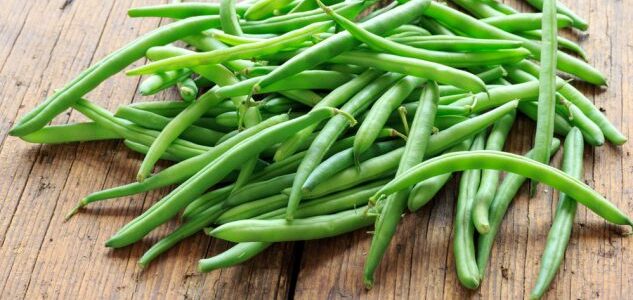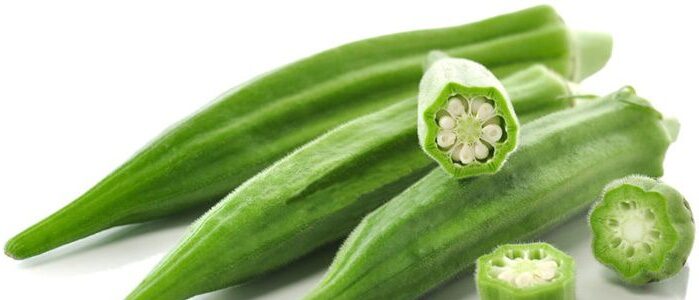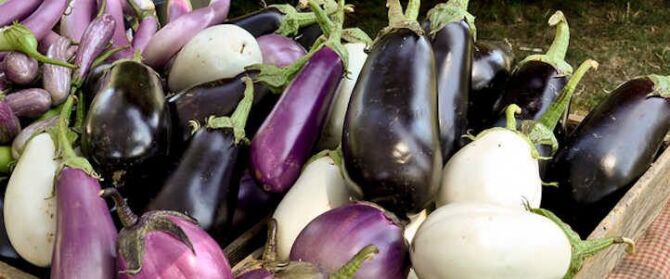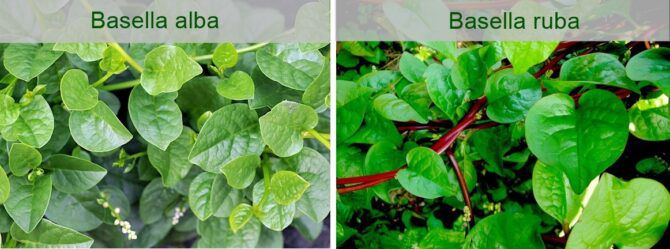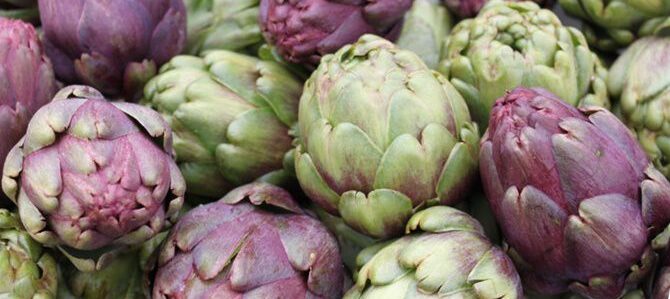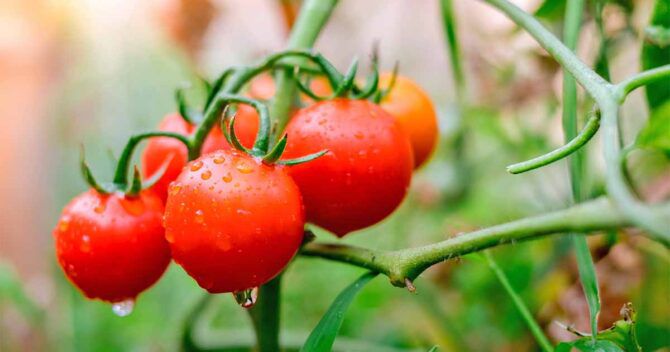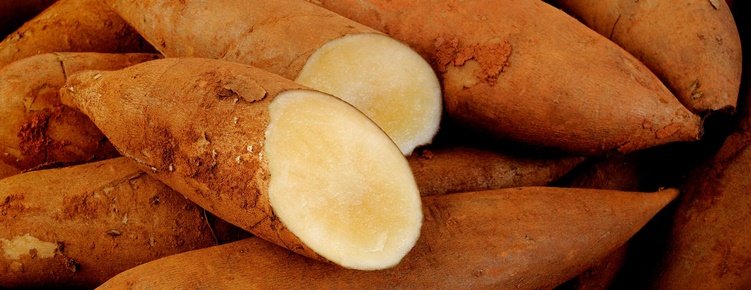Vegetables
Growing Beans
Growing Beans in the home garden is very rewarding. Warm season bean plants are cultivated for their highly nutritious immature pods (snap beans), immature seeds (shell beans) or mature seeds (dry beans).
Beans can be classified according to their growth habit:
- Bush Beans – Determinant-type growth, those that grow as a low bush. Bush bean types can be harvested 55 to 60 days from planting and will continue bearing for about a month. Popular Bush bean varieties include Golden Wax Beans, Contender Beans and Malelane Beans.
- Pole Beans – Indeterminate, those with a vining habit requiring support. Also known as Runner Beans. They have a longer productive season than bush beans, producing pods in 65 to 85 days. Chinese Yard Long Beans are also considered as Runner / Pole beans. Popular Pole Bean Varieties include Lazy Housewife Beans, Witsa Beans and Kentucky Wonder Beans.
How to Grow Beans from Seed
- All types of beans should be sown after the danger of frost has passed and the soil has warmed to at least 10 C.
- Sow all beans except cowpea, yard-long and lima beans 2.5 cm deep in heavy soil or 4 cm deep in light soil.
- The other three types of beans (cowpea, yard-long and lima ) should be planted 1 cm deep in heavy soil and 2.5 cm deep in light soil.
- Cover the seeds with sand, peat, vermiculite or aged compost to prevent soil crusting.
- Plant bush bean seeds 5-10 cm apart in rows that are 61-91 cm apart.
- Plant pole beans in either rows or hills with seeds 15-25 cm apart in rows that approximately 1m apart. Provide support for pole beans as well.
- Growing beans, regardless of type, do not need supplemental fertilizer but they do need consistent irrigation, especially while budding and on into setting pods.
- Water bean plants with an inch of water per week depending upon weather conditions. Water in the morning so the plants can dry rapidly and avoid fungal disease.
Maintaining Bean Plants
- Pole Beans can grow 2m tall, so will need support in the form of a fence, trellis or wigwam. Bush beans do not need any support structures.
- Mulch soil around bean plants to retain moisture; make sure that it is well-drained. Beans have shallow roots so mulch keeps them cool.
- Water regularly, about 2 inches per week. If you do not keep beans well watered, they will stop flowering. Water on sunny days so that foliage will not remain soaked, which could encourage disease.
- Although fertilizing is generally not needed, if required you can begin fertilizing after heavy bloom and the set of pods. Avoid using high-nitrogen fertilizer or you will get lush foliage and few beans. A side dressing of compost or composted manure halfway through the growing season is a good alternative to liquid fertilizer.
- Weed diligently but carefully to prevent disturbing the shallow root systems of the beans.
- Pinch off the tops of pole bean vines when they reach the top of the support. This will force them to put energy into producing more pods instead.
- In high heat, use row covers over young plants; hot weather can cause blossoms to drop from plants, reducing harvest.
Disclaimer
Medicinal Information:
All medicinal information on this website is for educational and informational purposes only and may not be construed as medical advice. The information is not intended to replace medical advice or treatment offered by healthcare professionals.
Seeds, Plants, Plant Cuttings, Geophytes and Dried Herbs:
In some countries and provinces, certain plants are deemed as invasive and are not allowed to be planted at all, whilst some plants are allowed to be grown only in certain areas or provinces. The onus is on you as the buyer to familiarize yourself with the regulations pertaining to your location, before purchasing any of our seeds, plants, plant cuttings, geophytes or dried herbs. We will not be held liable, should you purchase any seeds, plants, plant cuttings, geophytes or dried herbs. from us which are prohibited in your country or province.

